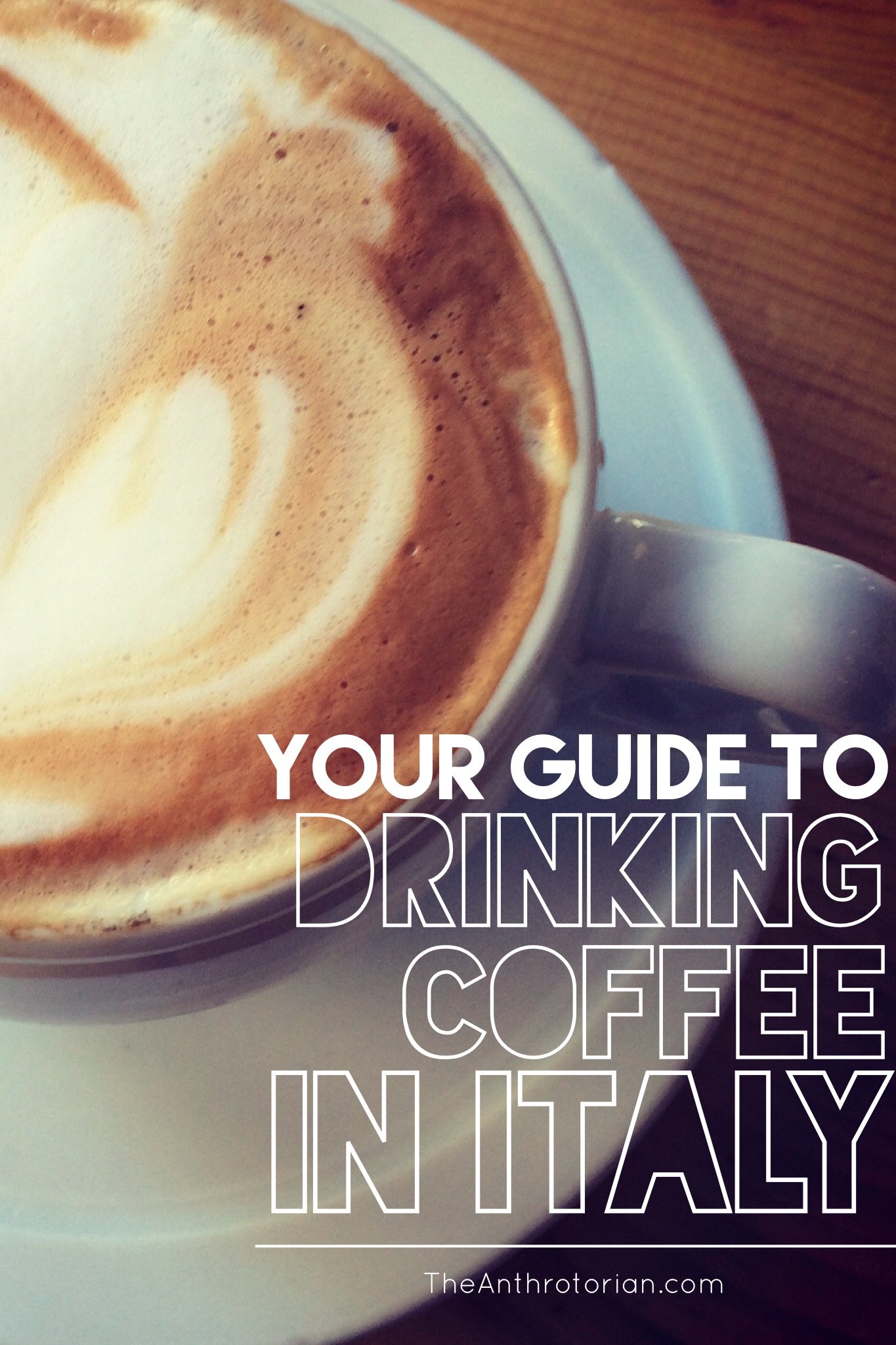THE STATS:
Location – One of the tiniest (it is so small that it wasn’t even on the map in my Lonely Planet) Flegrean Islands located just off the coast of Naples, Italy.
Population – approx. 10,000 (this number can double in the heart of the summer).
Claim To Fame – The Talented Mr. Ripley filmed the end of the movie (remember the amazing aerial views of colorful Mediterranean houses?) in the historic harbour of the island (photo above); home of THE MOST AMAZING bruschetta that I have ever tasted in my life.
Orientation – Pastel pink, white and yellow square houses clutter the waterfront, while narrow roads (more like alleyways) lead to the homes in the interior. The entire island can be walked around in less then 4 hours.
Getting Around – You could try and take a cab, but walking or biking will get you there faster!
Getting There and Away – You can reach the island by boat from Naples or one of the surrounding islands.
Where to Stay – There are only a handful of hotels and campsites on the island. An option to consider is short-term home rental. I stayed in a lovely cottage that overlooked the ocean for only about 60 Euros a night (it was split 3 ways).
What to Do – Explore the galleries, boutiques and bistros near the harbour; snap photos of the weathered local fishermen and their boats; climb to the old watchtower and enjoy a breathtaking view; check out some of the historical Mediterranean architecture; laze on one of the quiet, expansive beaches.
How I Found It – My travel buddies and I were in a hostel in Florence, chatting and organizing our packs, when a tanned girl burst into the room, threw her bags on the ground, looked at us and said, “You HAVE to go to the island I was just on! IT WAS AMAZING!”
Hearing her account of amazing sunsets, quiet beaches, warm water and friendly locals convinced me, and before the night was over, we had decided to change our plans and make our way to Procida… best decision I ever made!















